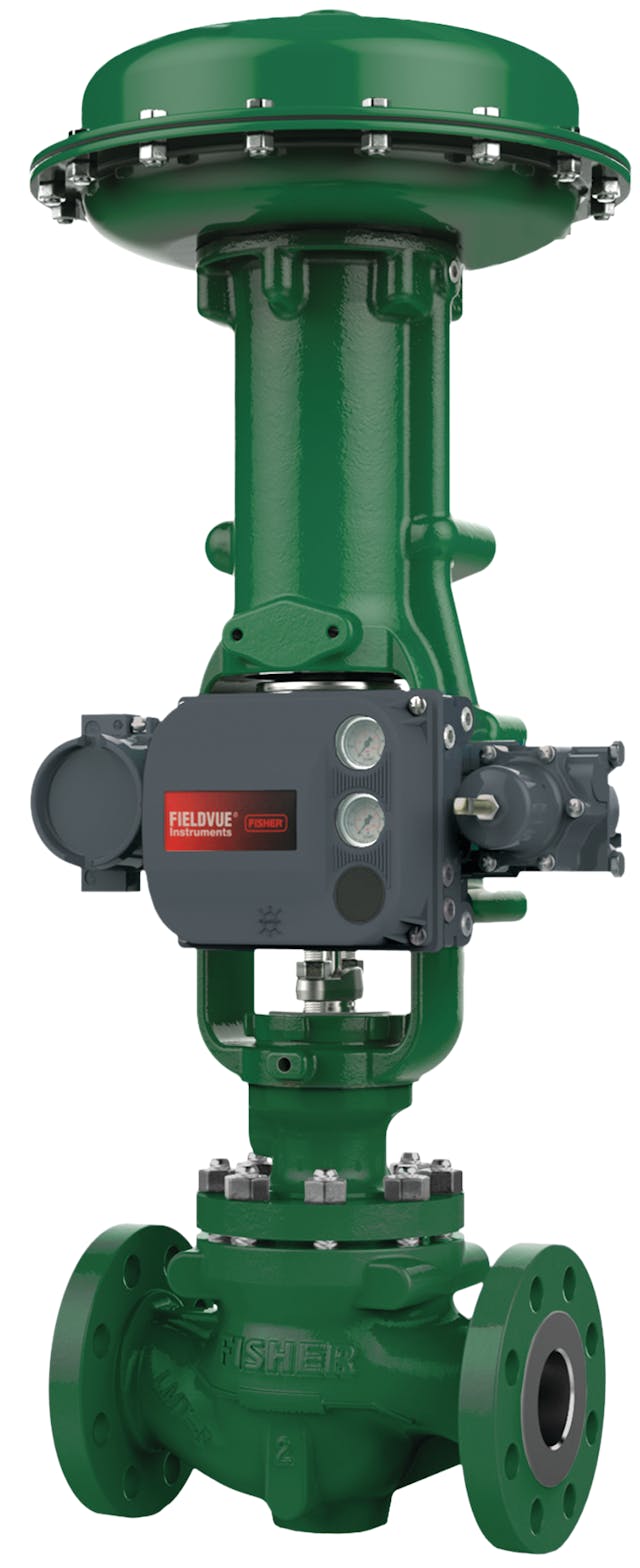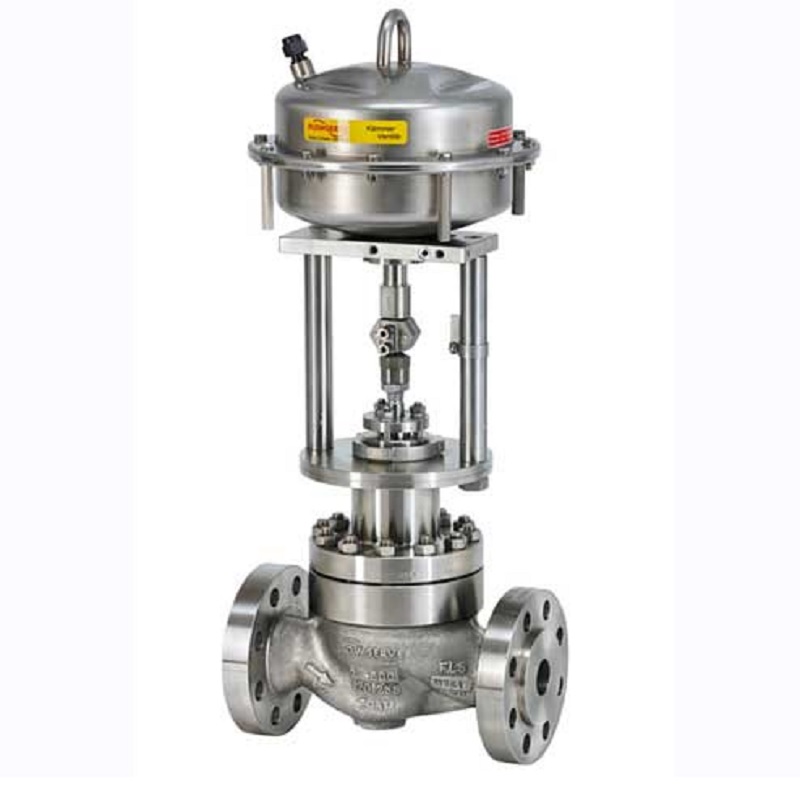The Function of Control Valves in Liquid Flow Monitoring Systems
The Function of Control Valves in Liquid Flow Monitoring Systems
Blog Article

Maximize Energy Cost Savings and Convenience With Advanced Building Automation Controls
In the world of modern architecture and facility monitoring, the integration of sophisticated building automation regulates stands as a crucial improvement. By utilizing the power of automation, structures can adapt, respond, and evolve in means that were once inconceivable.
Energy Effectiveness Conveniences
Energy effectiveness advantages can dramatically minimize power intake and operational prices in buildings. By executing energy-efficient methods and innovations, structure proprietors and drivers can achieve significant cost savings while additionally adding to environmental sustainability. One of the key benefits of enhancing power efficiency in buildings is the reduction of energy expenses. Energy-efficient systems, such as advanced structure automation controls, can optimize the use of resources like air conditioning, illumination, and home heating, causing reduced energy costs with time.
Additionally, enhanced power effectiveness can prolong the lifespan of building tools and systems. By operating a lot more effectively, HVAC systems, light, and other structure parts experience much less deterioration, causing minimized maintenance and substitute prices. Additionally, energy-efficient buildings frequently command higher residential or commercial property values and rental prices, supplying long-lasting financial benefits to owners.
Moreover, power performance can enhance passenger comfort and efficiency. Effectively controlled interior atmospheres with ideal lighting and thermal problems develop an even more conducive and positive workspace, bring about boosted worker satisfaction and efficiency. Overall, the power performance advantages related to innovative structure automation controls are multifaceted, incorporating price savings, ecological stewardship, and passenger well-being.
Boosted Convenience Control
Enhancing comfort control in building settings calls for a sophisticated integration of advanced automation systems for ideal passenger health. By making use of innovative structure automation controls, facilities can tailor the interior setting to satisfy the particular requirements and choices of occupants. control valves.
Improved convenience control surpasses basic temperature modifications. It includes functions such as personalized setups, tenancy sensors, and all-natural light use to create a receptive and dynamic atmosphere. By integrating these advanced controls, structures can not only boost convenience however also boost energy performance by optimizing system operations based upon real occupancy and use patterns. Inevitably, prioritizing passenger convenience via innovative automation systems brings about a more delightful and much healthier interior atmosphere.
Functional Efficiency Improvements

Moreover, the application of real-time surveillance and analytics devices allows building operators to recognize power inadequacies and functional anomalies quickly. By continually monitoring energy usage patterns and system efficiency metrics, changes can be made in real-time to optimize energy usage and make certain peak functional effectiveness. control valves. Furthermore, integrating demand feedback strategies right into structure automation controls can additionally improve operational efficiency by dynamically changing energy usage based on grid problems and prices signals
Indoor Environment Optimization
Efficient interior environment optimization is an essential facet of structure automation controls, ensuring owners' convenience and health while making best use of energy cost savings. By using a fantastic read innovative sensing units and controls, developing automation systems can continually check and readjust temperature level, moisture degrees, air top quality, and air flow to develop an ideal interior environment. Keeping comfy and constant conditions not only enhances occupant contentment however additionally improves productivity and total health.
Indoor climate optimization also plays an important role in power efficiency. By fine-tuning home heating, ventilation, and air conditioning systems based upon real-time information and occupancy patterns, developing automation controls can dramatically reduce power intake - control valves. Implementing approaches such as demand-controlled ventilation and thermal zoning can aid minimize power waste while making certain that each area of the structure gets the necessary conditioning.

Sustainable Setting Creation
Structure automation controls not only maximize indoor environment conditions for energy effectiveness and owner comfort but additionally lay the foundation for developing a lasting setting with strategic management of sources and systems. By incorporating innovative structure automation technologies, such as sensors, actuators, and intelligent software program, centers can keep an eye on and change energy usage in real-time to minimize waste and minimize their carbon impact. These systems make it possible find here for predictive upkeep, recognizing potential concerns prior to they escalate and maximizing devices performance to boost longevity and performance.
Furthermore, sustainable setting creation extends beyond energy monitoring to include water conservation, waste reduction, and indoor air quality improvement. Building automation controls can manage water usage, identify leaks, and make certain correct waste disposal techniques, adding to total sustainability initiatives. Additionally, by keeping track of and controlling air flow and purification systems, these technologies boost occupant health and efficiency while lowering power intake connected with a/c procedures.
Final Thought
Finally, advanced structure automation manages offer considerable advantages in regards to energy financial savings, convenience control, operational effectiveness, indoor environment optimization, and producing a lasting additional resources environment. By carrying out these controls, buildings can accomplish optimal efficiency while decreasing energy usage and boosting occupant convenience. It appears that using advanced automation modern technology is essential in boosting building efficiency and producing a more lasting future.
Power performance advantages can substantially reduce power intake and functional prices in buildings. Overall, the power effectiveness advantages connected with advanced building automation controls are multifaceted, encompassing cost financial savings, ecological stewardship, and occupant wellness.
Furthermore, incorporating need response strategies right into building automation controls can additionally enhance operational performance by dynamically readjusting energy use based on grid conditions and rates signals.
Building automation manages not only enhance interior climate problems for power performance and passenger comfort but likewise lay the structure for producing a lasting atmosphere with strategic management of systems and sources.In conclusion, progressed building automation regulates offer significant benefits in terms of power cost savings, convenience control, operational performance, interior environment optimization, and developing a lasting setting.
Report this page